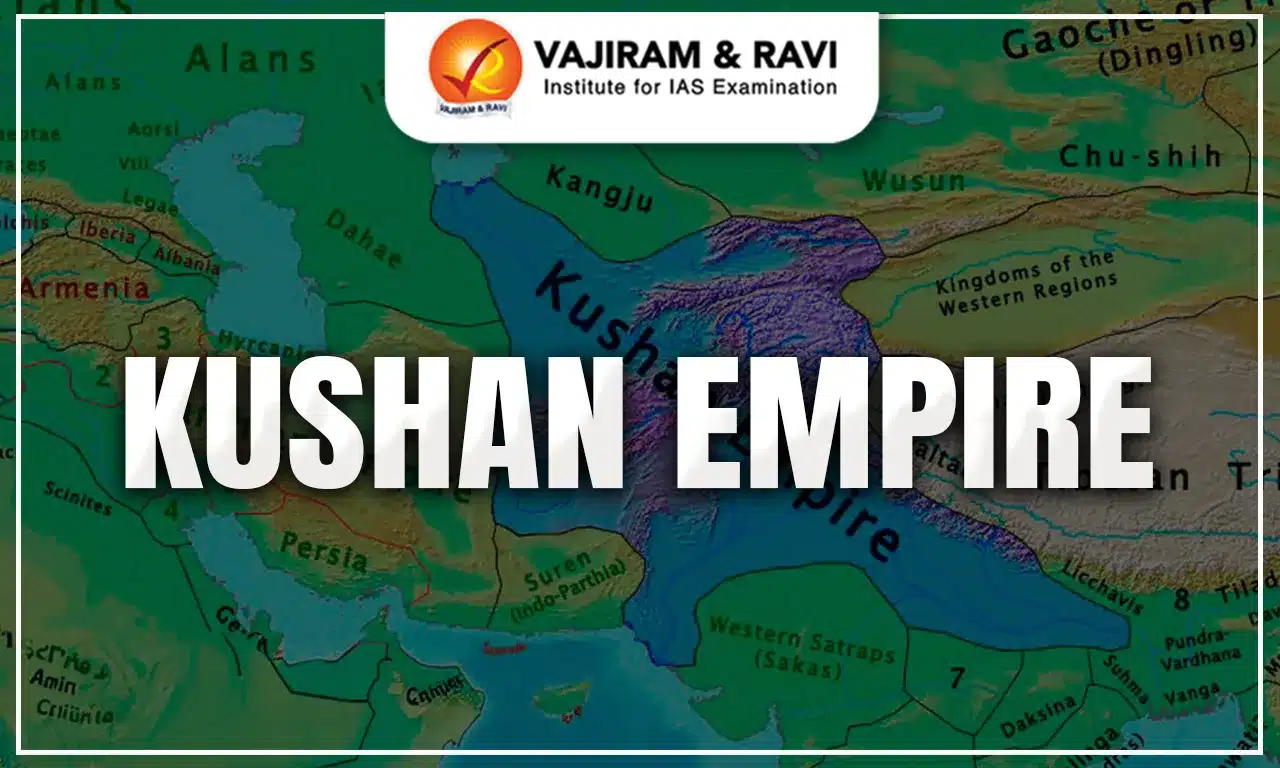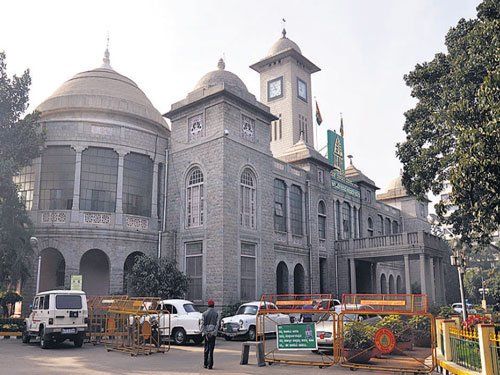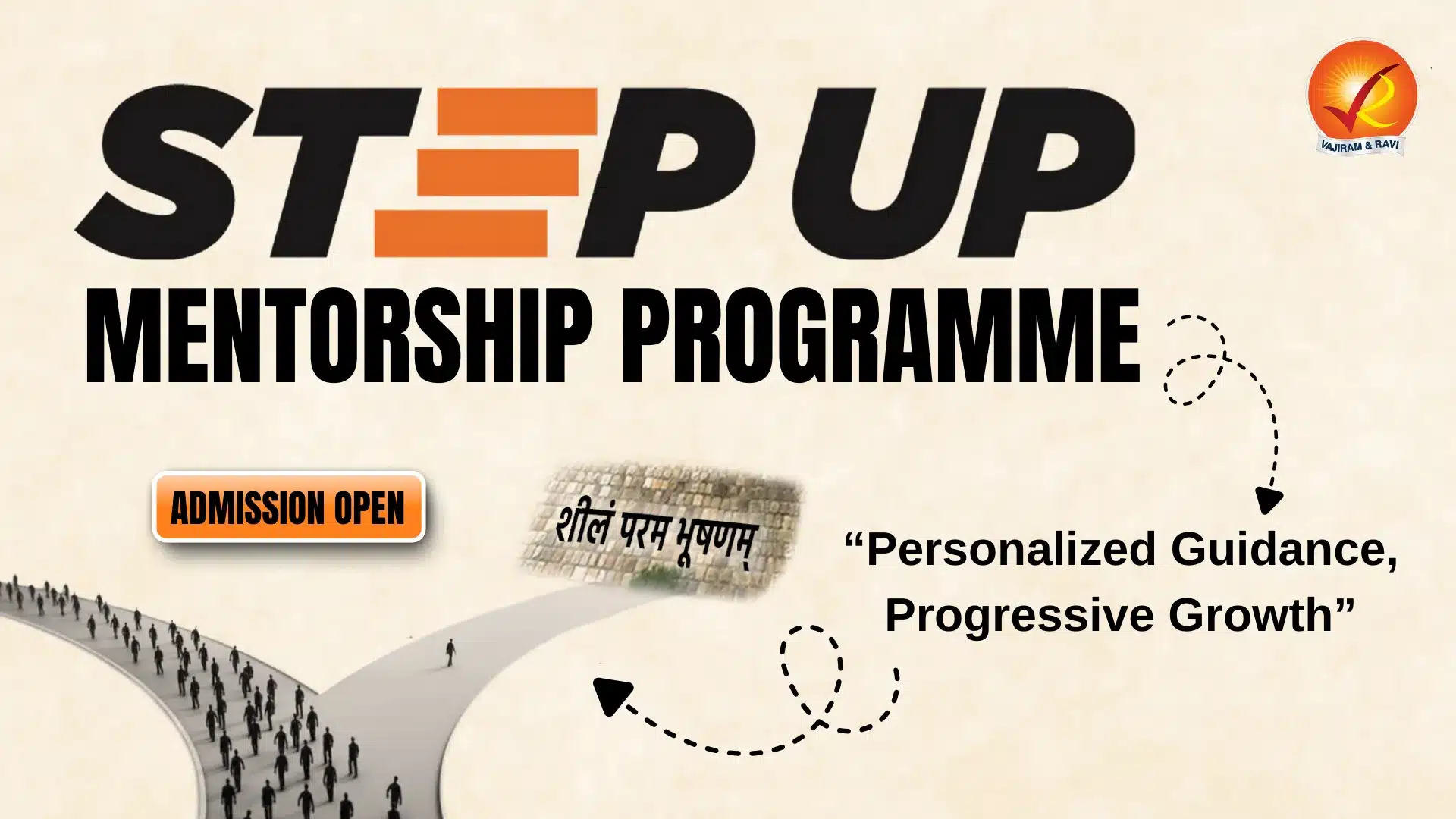The Kushans, also known as the Kuei-Shang, were one of the five Great Yueh-chi (tribe) principalities. The Kushans were a nomadic people from the north Central Asian steppes who lived near China. Their empire stretched from the Oxus to the Ganges, from central Asia's Khorasan to Bihar's Pataliputra.
The Kushan empire was instrumental in shaping the region's cultural, political, and economic landscape. The Kushans were patrons of Buddhism and developed a unique style of art known as Gandhara art.
About Kushan Empire
The Kushan Empire was a powerful Central Asian empire that lasted from the first to the third centuries CE. Kushans played an important role in connecting different regions through trade, diplomacy, and cultural exchange. They were contemporary to kingdoms of the Western Satraps (Sakas), Satavahanas, and the first Gupta Empire rulers.
Kushan Empire History
The Kushan dynasty was the descendant of the Yuezhi, who ruled over most of the northern Indian subcontinent, including parts of Central Asia, during the first three centuries of the Common Era. In the second century BCE, the Yuezhi conquered Bactria and divided it into five chiefdoms, one of which was the Kushans. A hundred years later, Kushan chief Kujula Kadphises (Qiu Jiuque) achieved political unification of the Yuezhi kingdom under his control.
- They first occupied Bactria or north Afghanistan, displacing the Sakas. They gradually moved to the Kabul valley and conquered Gandhara by crossing the Hindu Kush, usurping Greek and Parthian rule in these regions.
- They eventually gained control of the lower Indus basin and a large portion of the Gangetic basin.
- Many Kushan rulers adopted the title Devaputra, which means "son of god," possibly inspired by Chinese rulers who referred to themselves as sons of heaven.
- Kalhana's Rajatarangini describes in detail the Kushan kings' rule and their benevolence towards Buddhism.
Kushan Empire Famous Rulers
Famous Kushan rulers include Kujula Kadphises, Vima Kadphises, and Kanishka the Great. These rulers were known for their military conquests and support of Buddhism. They played a crucial role in expanding the empire and fostering trade and cultural exchange.
Kujula Kadphises or Kadphises I
Kadphises I was the founder of the Kushan Empire by displacing the Sakas. He occupied Kabul Valley and minted copper coins in the style of Roman coins in his name. His coins also imply a connection with Buddhism. He adopted the titles 'dharmathida' and 'sachadharmathida'.
Wima Kadphises or Kadphises II
Wima Kadphises succeeded Kadaphises I. He took Gandhara from the Parthians and expanded the kingdom east of the Indus to the Mathura region. He minted gold coins with titles like "Lord of the Whole World." He was a follower of Shaivism.
Kanishka
Kanishka was the Kushan's most powerful ruler. He is believed to have reigned between the years 78 and 101 or 102 CE. He extended his rule from Central Asia to North India and conquered Kashmir.
- He supported Buddhism and scholars such as Vasumitra, Asvagosha, and Nagarjuna. However, he was tolerant of other religions, as his coins depict not only Buddha but also Greek and Hindu gods.
- He called the fourth Buddhist council to Kundalvan in Kashmir, and Vasumitra presided over it. It resulted in the division of Buddhism into the Hinayana and Mahayana schools.
- He had Mathura as his capital. He also established Purushapura (Peshawar) as his new capital.
- In his first expedition to China, he was defeated by the Chinese general Pancho, but in his second expedition to China (son of Pancho), he defeated Panyang.
- He sent missionaries to China and Central Asia to spread Buddhism.
- The Rabatak Inscription is about Kanishka's ancestors, Kujula Kadphises.
Huvishka
Huvishka expanded the empire and promoted Buddhism and Zoroastrianism. He is credited with the construction of numerous Buddhist monasteries and stupas.
Vasudeva I
Vasudeva I ruled during a period of both territorial expansion and internal conflict for the Kushan Empire. His reign saw the decline of Kushan power in certain areas.
Kushan Empire Administration
The Kushan administration was characterised by a mix of centralised and decentralised elements, reflecting the diverse nature of its vast empire. It was divided into sub-units, and rulers had hereditary succession.
- Division of Kushan Empire: The Kushan Empire was split into Satraps (provinces), each ruled by a Mahakshatrapa (military governor). Gramika and Padrapala were the village headmen in charge of collecting the king's dues and investigating crimes in their area.
- Hereditary Succession: They used dual hereditary rule, in which two rulers held power concurrently. The Kushans adopted the pompous title of 'king of kings', implying that they collected tributes from numerous minor princes.
- The title Devaputra, which means "son of God," was an important feature of Kushana politics.
- Military Administration: The kshatrapas used semi-military officers known as "dandanayaka and mahadandanayaka" to exercise their authority.
- Key Officials: Other officials mentioned include the bakanpati (in charge of religious affairs), the danapati (in charge of donations), and the padrapala (in charge of uncultivated land around the villages).
Kushan Empire Economy
The Kushan economy was primarily driven by trade, with agriculture playing a lesser role. The primary sources for researching the economy of the Kushan Empire are numismatics, literature, epigraphy, and the archaeology of excavated and studied sites.
- Agriculture: Agriculture played a minor role in the Kushan economy, with trade being the primary source of wealth and resources. Irrigation was prioritised in order to increase agricultural production.
- In Western-Central Asia, including Pakistan and Afghanistan, the earliest archaeological proof of extensive irrigation dates to the Kushan period.
- Coinage: The Kushan coins were of the finest quality and met Roman coin weight specifications. In the coins, Kushan rulers are referred to as “kingofkings,” “Caesar,” “lord of all lands,” and other such titles.
- Trade: The Kushan Empire's economy was not primarily reliant on agriculture but thrived through extensive trade, both internally and externally. They controlled the Silk Route.
- Internal trade: Archaeological evidence from sites like Begram, Ahichchhatra, and Kausambi reflects their trade connections and artistic influences.
- External trade: The Kushan Empire actively participated in long-distance international trade networks, particularly with the Roman Empire.
- The Roman market had a significant demand for Chinese silk, and the Silk Road played a crucial role in connecting these regions.
- Merchant Classes: Different categories of merchants existed, including vanik (petty merchant), sarthavaha (caravan trader), vyavahari (a trader), and sreshthi (rich trader and leader of a mercantile guild).
- Crafts: During the Kushan period, there was a notable proliferation of crafts and occupations, which was closely linked to the expansion of trade. Following are some of the terms related to crafts and occupations:
- Superintendents of construction - navakarmikah
- Actors - sailakah
- Carpenters - vaddhaki
- Perfumers - gamdhika
- Goldsmith - suvarnakara
- Clothmakers - pravarika
- Jewellers - manikara
Kushan Empire Religion
The Kushan Empire's religion was characterised by a diverse and pluralistic approach, reflecting the multicultural nature of its realm. The Kushans maintained a wide range of religions, including Zoroastrianism, Buddhism, and Hinduism. On their coins, they depicted various gods from Iranian, Greek, Brahmanical, Buddhist, and Zoroastrian belief systems.
- Under Kanishka, Iranian religious ideas dominated, with Nana as the presiding deity. However, Kanishka also patronised Buddhism. He is renowned for convening the fourth Buddhist council.
- Kanishka's time saw the rise of Mahayana Buddhism. To spread the Mahayana, he also dispatched missionaries to China and Central Asia.
- Huvishka, Kanishka's successor, adopted a more innovative strategy, including Greek, Brahmanical, Buddhist, and Roman deities on his coins.
Overall, the Kushan Empire promoted pluralistic religious practices, acknowledging the diversity of belief systems within their territory without allowing any single religion to dominate.
Kushan Empire Art and Architecture
During the Kushan period, the development of art and literature flourished partly due to royal patronage and partly due to other factors, like the growing ascendancy of Mahayana Buddhism. Kushan rulers patronised scholars like Asvaghosha, Vasumitra, Charak and others.
- Art: They patronised Mathuraand Gandhara Art. They had Greek influence in Gandhara Art.
- Architecture: Buddhists started carving out rock caves in the hills of western India, creating chaityas and viharas that served as religious hubs, from the Ajanta caves to the Kanheri caves in Mumbai.
- Literature: Buddhacharita, Saundarananda and SariputraPrakaran by Asvaghosha (author of the first Sanskrit play), Paramita Sutras by Nagarjuna, Mahavibasha Shastra by Vasumitra, Charakasamhita by Charak.
| Gandhara Art |
- It is also referred to as Indo-Greek art due to the sculpture's strong Greek or Hellenistic influences. - Blueish-gray sandstone was used in the early Gandhara School, while mud and stucco were used in the later period. - Mostly Buddhist imagery with the influence of the Greco-Roman pantheon. - Patronised by Kushana rulers. - Developed in the North West Frontier. - With wavy hair, the Buddha is depicted in a spiritual state. |
||
| Mathura Art |
- Without outside influence, it was indigenously developed. - The sculptures were created from spotted red sandstone. - It influenced all three religions of the time, i.e. Hinduism, Jainism and Buddhism. - Patronised by the Kushana rulers. - It was developed around Mathura, Kankalitila, and Sonkh. Kankalitila was famous for Jain sculptures. - Buddha is shown with a joyful expression on his face. Wearing a tight dress symbolises masculinity. |
Kushan Empire Decline
The decline of the Kushan Empire began in the 3rd century CE due to internal strife, economic challenges, and pressure from rising regional powers. This downfall paved the way for the rise of the Gupta Empire in India. After Kanishka, Kanishka's descendants reigned for an additional 150 years. Since the early third century CE, Kushana's power has gradually declined.
- Following Vasudeva I's death in 225 A.D., the Kushan empire was divided into western and eastern halves. In the mid-third century CE, the Sassanian power (of Iran) supplanted the Kushana empire in Afghanistan and the area west of the Indus.
- However, some Kushana remnants remained in the Kabul Valley, Kapisa, and Bactria until the 4th century.
- Despite their decline, the Kushanas left a lasting impact on the region's cultural, artistic, and religious development, with their legacy visible in various aspects of Indian history.
Kushan Empire UPSC PYQs
Question 1: Highlight the Central Asian and Greco-Bactrian elements in Gandhara art. (UPSC Mains 2019)
Last updated on December, 2025
→ Check out the latest UPSC Syllabus 2026 here.
→ Join Vajiram & Ravi’s Interview Guidance Programme for expert help to crack your final UPSC stage.
→ UPSC Mains Result 2025 is now out.
→ UPSC Notification 2026 is scheduled to be released on January 14, 2026.
→ UPSC Calendar 2026 is released on 15th May, 2025.
→ The UPSC Vacancy 2025 were released 1129, out of which 979 were for UPSC CSE and remaining 150 are for UPSC IFoS.
→ UPSC Prelims 2026 will be conducted on 24th May, 2026 & UPSC Mains 2026 will be conducted on 21st August 2026.
→ The UPSC Selection Process is of 3 stages-Prelims, Mains and Interview.
→ UPSC Result 2024 is released with latest UPSC Marksheet 2024. Check Now!
→ UPSC Prelims Result 2025 is out now for the CSE held on 25 May 2025.
→ UPSC Toppers List 2024 is released now. Shakti Dubey is UPSC AIR 1 2024 Topper.
→ UPSC Prelims Question Paper 2025 and Unofficial Prelims Answer Key 2025 are available now.
→ UPSC Mains Question Paper 2025 is out for Essay, GS 1, 2, 3 & GS 4.
→ UPSC Mains Indian Language Question Paper 2025 is now out.
→ UPSC Mains Optional Question Paper 2025 is now out.
→ Also check Best IAS Coaching in Delhi
Kushan Empire FAQs
Q1. Who founded Kushan Empire?+
Q2. Is Kushan Empire Hindu?+
Q3. Who defeated Kushans in India?+
Q4. Was the Kushan Empire Chinese?+
Q5. Who defeated Kanishka? +
Tags: kushan empire quest

















